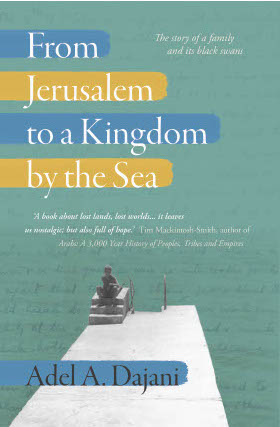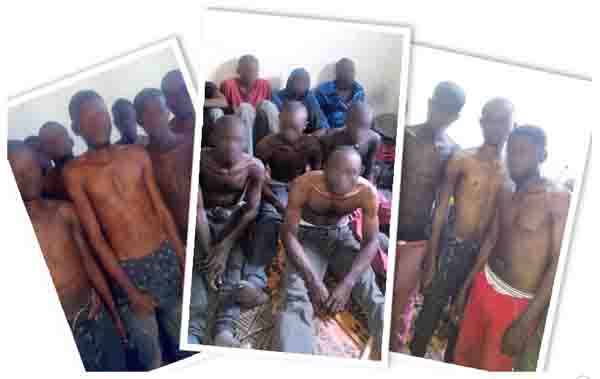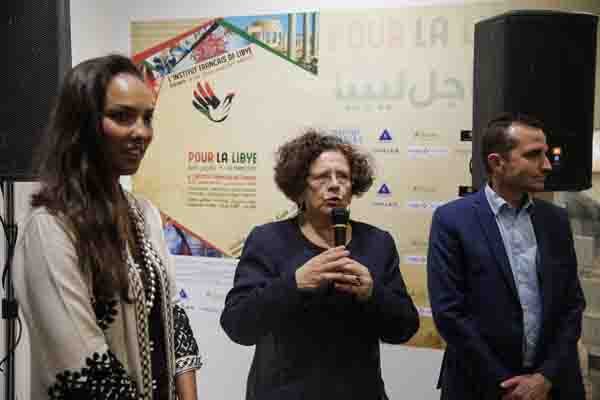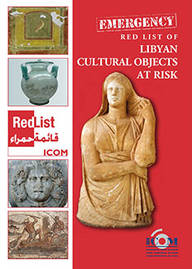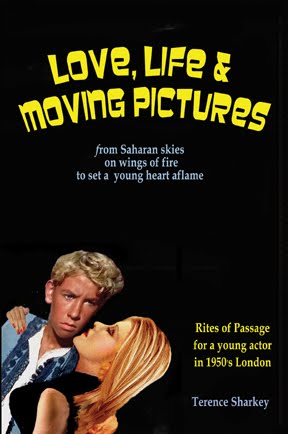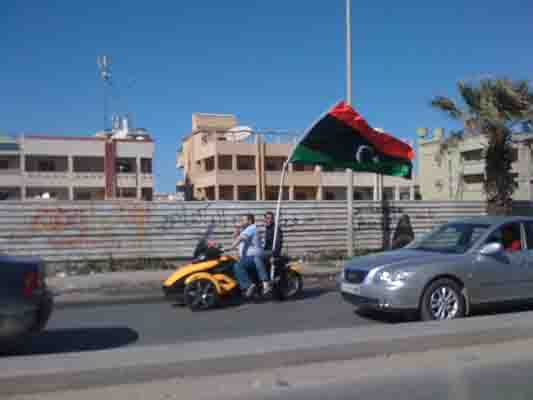During the eight months that it took to overthrow the Qaddafi regime last year, almost nothing surfaced in the international press . . .[restrict]about Khoms, Libya’s fourth largest city. That was mainly due to the fact that no foreign journalists went there. It has continued to be largely ignored. Libya Herald reporter Hassan H. Gebilia puts the record straight.
The story of Khoms, just over 100 kilometres east of Tripoli, and the 17 February Revolution there is no different from stories of other Libyan cities and towns. Initially, the city revolted and broke the barrier of fear on 20 February, three days after the outbreak of the revolution. Local people did not hesitate to join the eastern cities in demanding liberation, freedom and dignity.
With, one voice, the residents of the city chanted that day: “The People Want to Overthrow the Regime” and “With Our Blood and Souls We Defend Benghazi”. They expressed their anger by setting fire to a number of government buildings, including the local headquarters of the internal security services.
The result was a barrage of bullets which injured many and killed Yusuf Al-Jawadi, the city’s first martyr.
The immediate result was that one of Qaddafi’s brigades entered the town and began to fire randomly.
The next day, the city saw a massive demonstration when people went out to bury Al-Jawadi. The mob raised the independence flag on one of the city’s landmark buildings, the administrative complex. From that moment on, Khoms declared itself for the revolution and against the regime of the tyrant.
Young men began to look for weapons in the military barracks and camps in order to protect their city. Unfortunately, they found only a few old rifles and other light weapons given to them by policemen.
Demonstrations continued, and in a very tense atmosphere, until the regime showed its ugly face with Qaddafi’s now infamous “Zenga Zenga” speech, delivered on 22 February, 2011.
Qaddafi’s forces came out in the open to crush the riots. They arrested most of the regime’s opponents and anyone else suspected of being sympathetic to the opposition. On the Friday following the speech, residents went into the streets to demonstrate peacefully but many were immediately arrested.
As a result, the youth of the city began to join the freedom fighters of Misrata, Jabal Nafusa and the other fronts. In Benghazi, exiles from the city formed the Khoms Liberation Brigade and also established military and civilian councils.
During the following months, the youth of Khoms made attempts to recruit more volunteers by writing slogans on walls. As a result, Qaddafi sent two of his strongest supporters to stop the riots and arrest anyone else suspected of opposing his regime. It resulted in the now notorious incident called by some “the Black Hole of Khoms”.
A number of freedom fighters who had been arrested together with some others who had had no known involvement in the uprising were locked into container trucks in the scorching summer sun. They were severely tortured and kept for long periods without food or water. They were effectively left to bake to death — and a number did. The regime’s henchmen beat anyone who sought any kind of opening in the truck which could give them some fresh air.
On one occasion, Qaddafi’s men threw a burning tire into a truck filled with Khoms freedom fighters. Many died as a result. The incident, however, went unreported. Two of the dictator’s close security aides, Al-Bishti and Al-Daboub, were subsequently held responsible for the atrocities.
With the arrival of the holy month of Ramadan, the freedom fighters from inside and outside the city began bigger and more coordinated operations. They were able to smuggle in weapons by sea in close cooperation with the fighters in Misrata and those of the eastern front. The Khoms Liberation Brigade entered the city from the sea.
Qaddafi’s intelligence was aware of what was going on and the moment the brigade set foot in the city, the dictator’s men opened fire on it, killing and injuring large numbers of men. Most of those who were not killed were captured.
On 21August, Khoms witnessed its biggest uprising so far. Freedom fighters fought fierce gun battles with Qaddafi’s forces both in the Wadi Kaam valley and around the city’s date factory. The fighters fought until they liberated their city. Then, together with their colleagues from Misrata and Zliten, they moved off in the direction of Tripoli.
They took part in the siege of Qaddafi’s headquarters at the Bab Al-Aziziya barracks in Tripoli and many were killed or injured.
A number of unmarked graves have been discovered in Khoms since liberation. Many families found their missing loved ones in those graves.
Following the liberation of Tripoli, many of the Khoms freedom fighters joined the battles for Bani Walid and Sirte. Many young men from Khoms gave their lives to the revolution and fought bravely on all fronts until Libya was liberated. [/restrict]


